Audience: Secondary educators
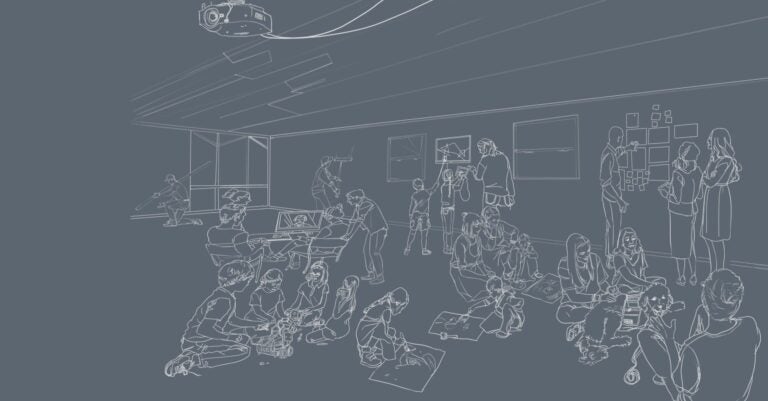
Seminar-style teaching
This guide offers a step-by-step collaborative planning process designed to promote deeper and more personalized learning. Explore how Westwood High School educators implement differentiated roles, team-based support and flexible schedules to bring their vision of seminar learning to life.
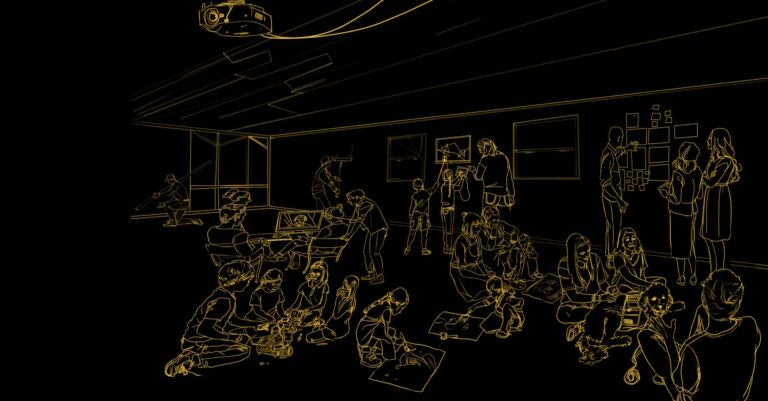
Mountain View High School: School Profile
At Mountain View High School, each core team of educators collectively supports 90–120 students. Core teams are composed of three to four educators, each of whom specializes in one or two content areas.

Mountain View High School: Spotlight on the Schedule
All 9th-grade teachers at Mountain View High School, located in Mesa, Ariz., are members of educator teams. Each core team of educators serves 90–120 students and includes three to four content area specialists. Explore how they organize their time with students.

Dynamic student groupings at Mountain View High School
Explore how 100 ninth grade students are supported by a core educator team that includes a Spanish teacher, biology teacher and a dual-certified English and world history teacher.

Dynamic student groupings at Skyline High School
Explore some of the ways an educator team grouped and regrouped 100 students over the course of a single day.

Extended cut: A perspective on strategic school staffing from national union leadership
How can collective bargaining promote strategic school staffing? In this extended cut, Rob Weil of the American Federation of Teachers joins Brent Maddin of the Next Education Workforce™ to discuss this and other issues educators face in the one teacher, one classroom model.

An examination of teacher engagement in Next Education Workforce models
This study leverages longitudinal administrative data on teacher leave within a single district. We use a two-way fixed effect design to examine the relationship between Next Education Workforce model participation and teacher engagement.

Results from a follow-up survey of Next Education Workforce teachers
This survey explores how Next Education Workforce team teachers compare to their district colleagues not on a Next Education Workforce team regarding teacher self-efficacy, job satisfaction, teacher-student interaction, and career plans.

Creating shared and flexible learning spaces: A continuum for rethinking space
Space matters, but not having the money to invest in learning space design shouldn’t stop you from launching team-based models. This continuum is a tool to support decision-making for a phased approach for transforming learning spaces. We believe there is a continuum on which each team-based learning environment sits. Where it sits is usually a function of the level of investment the school or school system can make in shifting learning spaces in ways that have a positive impact on educators and students.
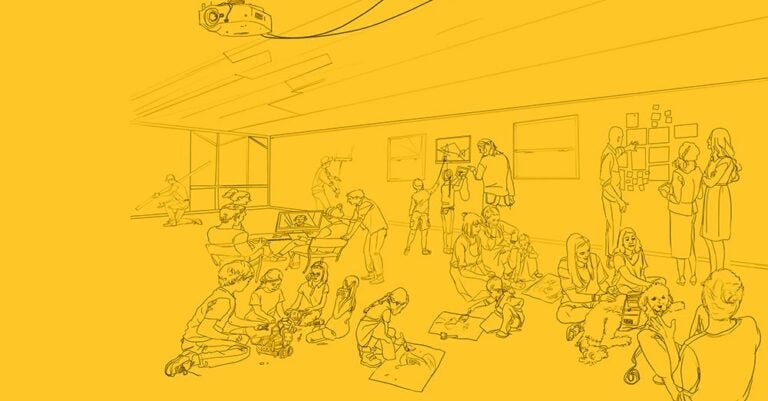
Elements briefs
Dive deeper into each of the big ideas highlighted in the Elements of the Next Education Workforce. Each brief asks three questions:
- “What does this element look like in action?”
- “What evidence do we have that this element is associated with positive outcomes?”
- “How might this element be a catalyst for educational equity?”

Curated external resources
We’ve proposed lists of resources on deeper learning, personalized learning, and deeper and personalized learning in a virtual setting. These lists, while not comprehensive, have been curated to help educators target their searches.
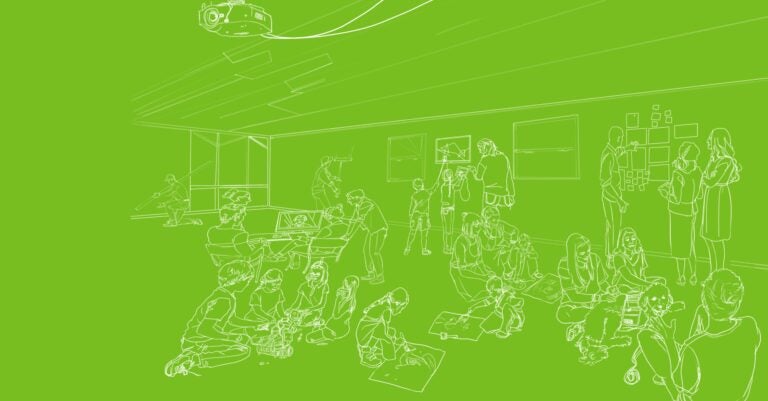
Gaining a deeper understanding of your team members
These two activities invite team members to gain a deeper understanding of one another, including backgrounds and context for teamwork.
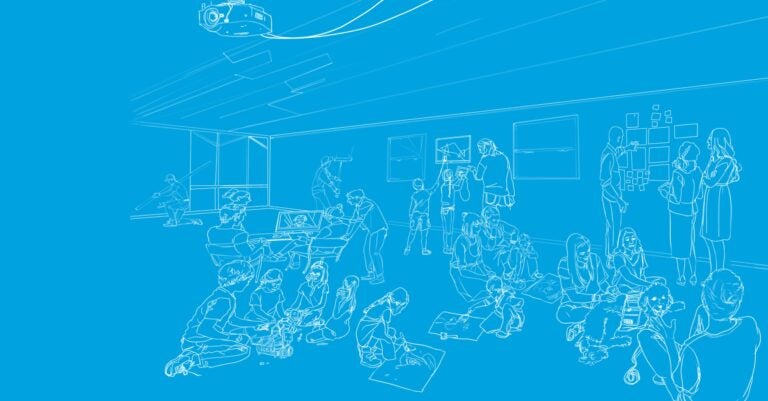
Relationships come first
Learn how MLFTC works with schools and other partners to 1) provide all students with deeper and personalized learning by building teams of educators with distributed expertise and 2) empower educators by developing new opportunities for role-based specialization and advancement.

Community Circles
When a child enrolls at Jefferson Elementary, they are assigned to a community circle composed of at least one child from each grade level. Explore this resource to learn more about the program and its impact on learning for students and for staff.

Literacy Accelerators
Two to four times per week, Skyline High School teacher academy students assume the role of community educator at their feeder school, Stevenson Elementary.

Medical Innovations
To gain an understanding of a variety of medical conditions and how they affect the people who face them, the 4–6 grade teaching team assembled ten community educators to participate in interviews with their students.

Dynamic student groupings at Paulo Freire
How Paulo Freire’s team of educators grouped and regrouped 68 middle school students over the course of a day.

5 tips for community educators preparing to enter the classroom and other learning spaces
These five tips will help community educators prepare and feel ready to enter any learning space, have a successful experience and make lasting, meaningful connections with learners. This resource expands on helpful tips around translating industry expertise, managing the learning space, working with students during the visit and more.

Results from the Year One Survey of Next Education Workforce Teachers
Educators in Next Education Workforce models are more satisfied, collaborate more and believe they have better teacher-student interactions than educators in traditional staffing models.

Using collaborative tools to implement data-driven flexible grouping
Explore how educator teams use cloud-based spreadsheets to fluidly and transparently group students by interest and skill.